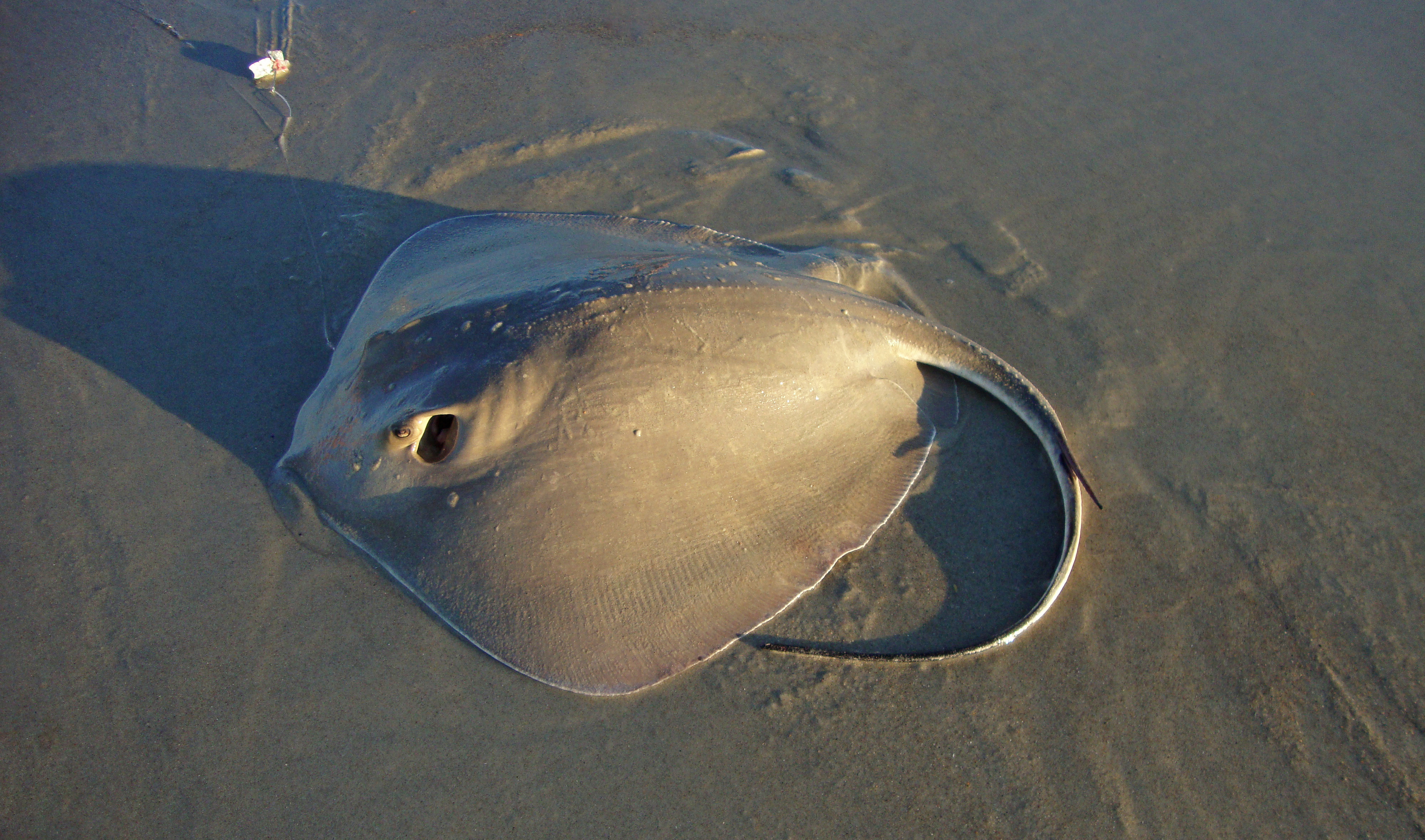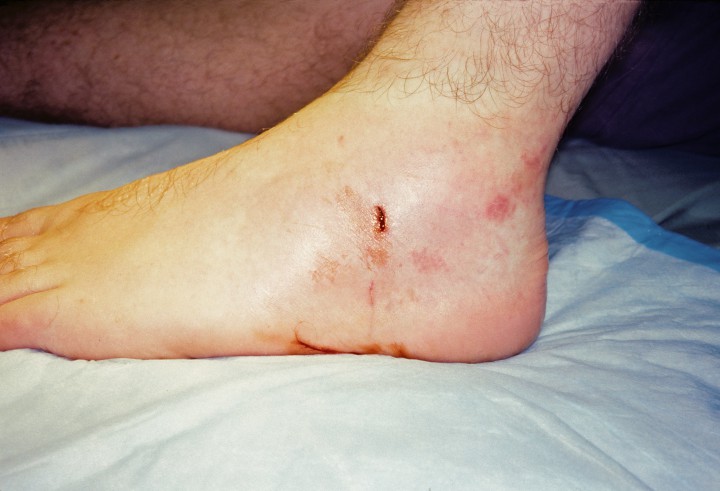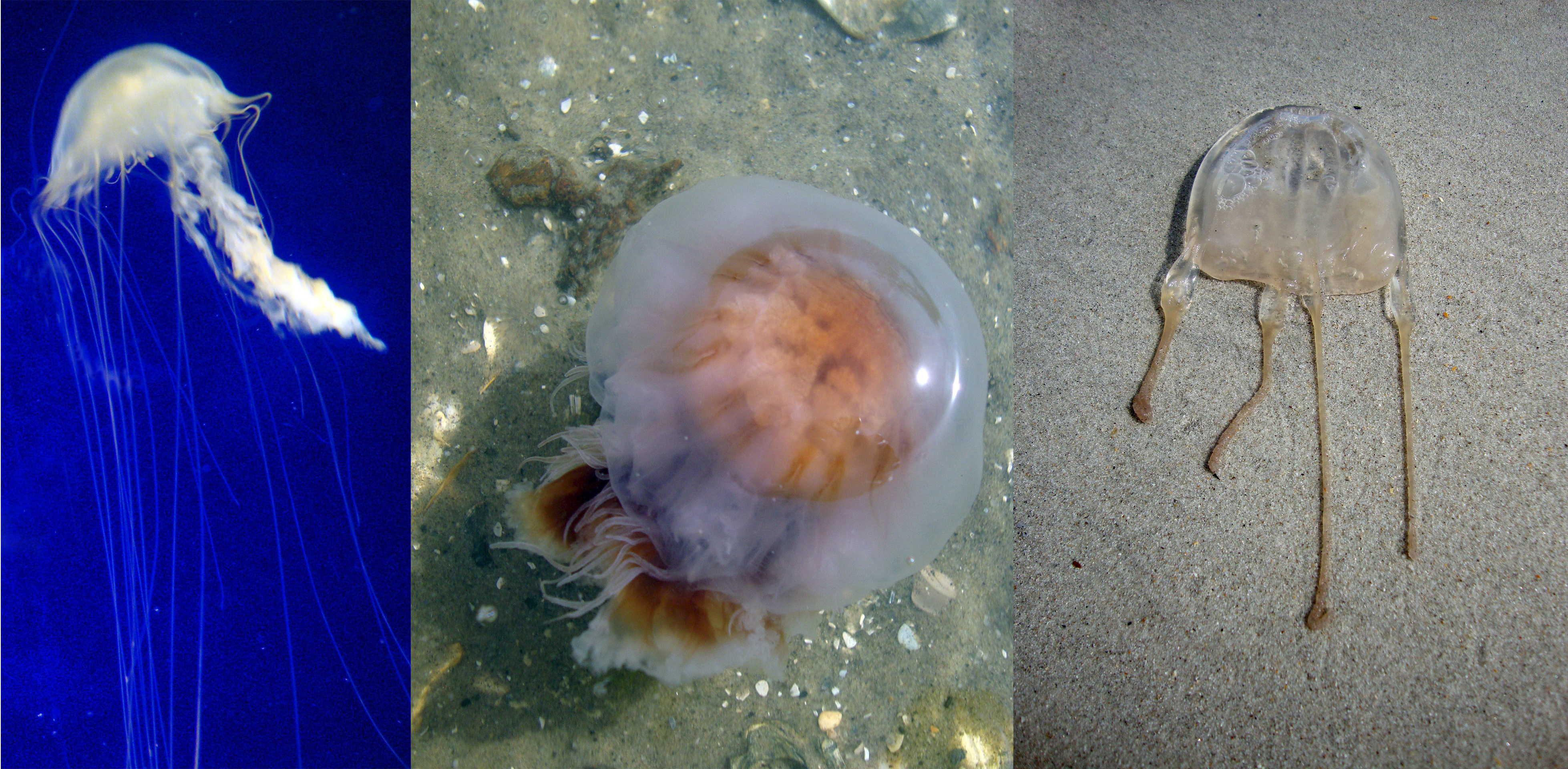Memorial Day this weekend is the symbolic start of the tourist season along the N.C. coast when people start thinking anew of the simple pleasures of a summer vacation at the beach.
Rolling waves break in the surf, providing a soothing lullaby for sleep. Morning breezes bring landward the smell of fresh sea air. Raucous cries of seagulls pierce the air as the birds fight over tasty bits of flotsam washed in by the sea.
Supporter Spotlight
Cottage doors slam as people scurry to answer the call of the beckoning beach. Warm sand between the toes soothes feet too-often confined in shoes. Beach towels unfurl and float gently to the sand. Relaxation and human beach re-nourishment begin in earnest.
When bare skin glows with sweat, the blue-green water and playful laughter of frolickers-in-the-surf pull like a magnet, promising cool relief from the heat.
But wait — the carefree anticipation of a refreshing dip in the ocean is broken by a halting, lump-in-the-throat thought: Are creatures lurking beneath the waves, waiting for innocent tourists to squeeze or sting? Are giant sharks combing the shallows, seeking unsuspecting swimmers to engulf?
The haunting images of movies such as Jaws, with an enormous shark displaying huge, vise-like jaws full of ivory teeth, have made more than one person wary of entering the water.
In reality, the oceans are not filled with creatures waiting to prey on tourists. The sea along the N.C. coast is, in fact, host to relatively few animals dangerous to humans. Encounters with these critters are largely accidental. As with snakes and stinging insects on land, we need to know which marine creatures can cause harm, how to avoid them and how to treat an injury should one occur.
Supporter Spotlight







Stingrays
With bodies flattened like a pancake and pectoral fins spreading from their sides into “wings,” stingrays glide gracefully, yet eerily, through the water. Much of the time, though, rays lie half-buried and motionless on the bottom, waiting for prey. In this unmoving, stalking state, rays can present a hazard to humans, as well.
A swimmer or wader, unaware a stingray is buried close by, may step on the ray. Reacting defensively, the ray whips its tail upward. A barb near the base of the ray’s tail may penetrate the person’s foot or leg, and venom in the barb’s sheath is injected. Part of the barb may actually break off in the wound.
Intense pain results from the puncture wound or cut; the pain peaks in about 1½ hours and can last up to two days if not treated. In addition to wound pain, other symptoms can include sweating, nausea, vomiting and fainting.
Fortunately, treatment for a stingray envenomation is fairly simple: Immerse the wound area in hot water. The water should be as hot as a victim can tolerate without scalding. Immersion should continue for 30 to 60 minutes. If pain continues after an hour, hot water immersion can be continued. Over-the-counter pain medications can also be helpful.
If whole-body symptoms are present, or a piece of the barb is thought to be in the wound, or hot water fails to control the pain, prompt treatment at an emergency facility should be sought.
While a stingray may inflict a painful wound, the toxin is not potent enough to kill a person. Rare fatalities have resulted from freak accidents when a large ray’s barb penetrated the chest or abdomen of a victim, damaging the heart or internal organs.
Stingray envenomations are infrequent, even though several species of rays frequent state waters. Closely-related skates are similar in shape, but lack a barb on their tail and are harmless. Lionfish, oyster toadfish, spiny dogfish sharks and catfish are other marine species that possess venomous spines. Injury from these fish, though milder, is similar to that of a stingray and is treated in the same manner — immersion of the affected area in hot water.
Prevention of stingray and other fish-spine injuries is the best treatment of all. Waders should shuffle their feet as they walk in murky water: a ray will flutter off to safety instead of inflicting harm when stepped upon. In addition, care should be taken in removing stingrays or other spiny species from hook or net.
Sharks and Other Biters
At the top of the list of fish that bite are sharks, the most feared residents of the ocean. Sharks have been swimming in the earth’s oceans since dinosaurs roamed the Earth. From the time modern-day (1940 to 2015) records have been kept, however, about 71 shark attacks have been reported in North Carolina waters; only five attacks were fatal.
Our fear should not lie in man-eating sharks. On average, one person dies every two years in the United States from a shark attack — about 40,000 perish annually in car accidents. Statistics reveal that in comparison with shark attacks, a person is about 30 times more likely to die from a dog attack, 75 times more likely to die by a lightning strike and at least 300 times more likely to die in a boating accident.
To avoid shark attacks, don’t dress to resemble a seal — seals are the natural prey of sharks. Stay out of the water if you are bleeding. Swim in groups and during the day: Sharks tend to attack lone swimmers and move inshore to feed at dusk or night.
Other strong-jawed fish are present in N.C. waters. Barracuda are commonly encountered on scuba expeditions. These fierce-looking fish are actually “big babies,” not at all prone to attack. Reports of attacks in other parts of the world typically occur in murky water and involve barracuda mistakenly attacking a shiny object. Water sports participants should not wear shiny jewelry or buckles that barracuda might visualize as the glint of small prey fish.
Moray eels also have a fearsome appearance and a reputation worse than their behavior warrants. These fish tend to be reclusive, hiding in rocky lairs by day and feeding at night. Morays bite only if provoked, as when an unwary scuba diver sticks a hand into their hiding place. Morays tend to clamp and lock, rather than strike and release: these fish can be quite difficult to remove once they take hold.
Bluefish are well-known for their gluttony in the surf, attacking baitfish in feeding frenzies. When feeding, blues slash at anything in the water — including people in the surf. If the water is “boiling” with fish activity, indicating a school of fish feeding, stay out of the water.
Bluefish, mackerel, marlin, wahoo, sharks and other game fish can bite or slash when landed, as well. Care should be taken handling these fish fresh out of the water: They may be quite “live” and can still inflict serious injury.
In the event of a bite injury inflicted by a shark or other fish, the initial treatment is to stop the bleeding. Direct pressure alone controls bleeding from most wounds. Place a clean piece of gauze or cloth over the wound and apply firm pressure with a hand. For larger wounds (with brisk arterial bleeding), compression of an artery in the groin or elbow, or application of a tight tourniquet above the wound is required. Immediate care for any bite wound should be sought at an emergency facility.
When is an organism not an organism? Or, when is it a bunch of different organisms living together? SciShow introduces you to the weird world of siphonophores, or Portuguese man-of-wars.
Jellyfish and Kin
Many species of jellyfish inhabit our waters. Some, like cannonball jellies, are harmless. Others, like sea nettles, lion’s mane jellyfish and box jellyfish are potentially harmful, causing mildly painful stings.
More problematic are clashes with Portuguese man-of-wars. Sporting a buoyant, translucent blue, gas-filled chamber, with tentacles trailing perhaps 60 feet, man-of-wars are actually colonies of individuals, not true jellyfish.
Each tentacle of a man-of-war contains as many as 750,000 tiny stinging cells called nematocysts. Contact with the tentacles causes nematocysts to fire a miniature, barbed dart containing toxin. A tentacle brushing against an arm or leg results in multiple stings — painful, linear, welt-like lesions of the skin ensue.
Like stingray wounds, man-of-war stings produce intense pain. Whole body symptoms such as nausea, vomiting, sweating and dizziness sometimes occur. Fatalities are very rare, although, as with any sting, potential for anaphylaxis, or allergic shock, exists.
Treatment of jellyfish or man-of-war stings consists of removal of the nematocysts, along with measures to treat the pain.
To remove the nematocysts, first flush the affected body area with plenty of salt water. Then, pick any visible tentacles off the skin with tweezers or gloved fingers. Or, scrape the area with a blunt object like a credit card or the edge of a child’s sand shovel.
To treat the pain, over-the-counter pain medicine is helpful. Showering with hot water or hot water immersion of the affected area can also help relieve jellyfish-sting discomfort. Application of cold packs can provide pain relief if hot water is unavailable.
If the pain is incapacitating, or whole-body symptoms appear, seek medical care immediately.
Later, applying hydrocortisone cream to the rash and taking over-the-counter antihistamines or pain medications are certainly reasonable.
To prevent man-of-war stings, give wide berth to colonies in the water. Keep away from beached specimens, too: Nematocysts may remain active for months after a man-of-war washes up on the beach.
In the past, many agents have been used in an attempt to inactivate jellyfish nematocysts prior to removing them. Clearly, some agents such as urine, rubbing alcohol, tobacco juice, liquor, etc., are not helpful, and may be harmful. Others agents, such as vinegar, a baking soda slurry or lidocaine spray, are unproven but are possibly effective: Whether they work by placebo effect or by neutralizing the toxin is debatable.
Marine-Acquired Wounds
Wounds can ensue from contact with many different marine animals or objects. Stepping on an oyster shell or sea urchin, puncturing yourself while cleaning fish or shrimp or cutting your hand while opening shellfish are but a few possible injuries.
Contrary to widely held belief, salt water is not a sterile, germ-free medium. Bacteria are present, but the species are different from land types. Over 20 marine species are known to cause disease in humans.
Marine-acquired wounds are, in fact, somewhat prone to infection. Infection is more likely for at least three reasons: Wounds are often contaminated with grit and foreign debris — foreign material of any type increases chances of infection; sting wounds can cause loss of blood supply and tissue death at the injured site, especially if spines break off in wounds; and any type of bite wound, whether from land or marine animal, is heavily contaminated with mouth germs.
If an infection develops from marine contact, a doctor treating the infection should be informed that the wound is marine-acquired: Specific antibiotics are required to kill marine bacteria because standard antibiotics used in land-acquired injuries may not work.
As with any wound, a tetanus shot is recommended within 72 hours if the injured person has not had a booster shot in the past 10 years.
People with suppressed immune systems should be especially careful after cuts in the marine environment. Local wound infection with a germ called Vibrio vulnificus can spread rapidly through the whole body and cause death within one to two days.
In general, encounters with hazardous marine animals on the N.C. coast are few in number, not serious and treatable with simple remedies.
So, go, enjoy the sunny days along our sandy beaches. Embrace the fresh sea air, breaking waves and foot-soothing sand. Seek remedy from the heat with a refreshing dip in the aquamarine sea.
And, as you are enjoying the salty brine, know that you are far safer there than riding in your car to the beach.








